Evolution
Key Notes:
Definition of Evolution:
Evolution is the gradual change in the characteristics of a species over many generations. It is the process by which living organisms develop and diversify from earlier forms through changes in their DNA.
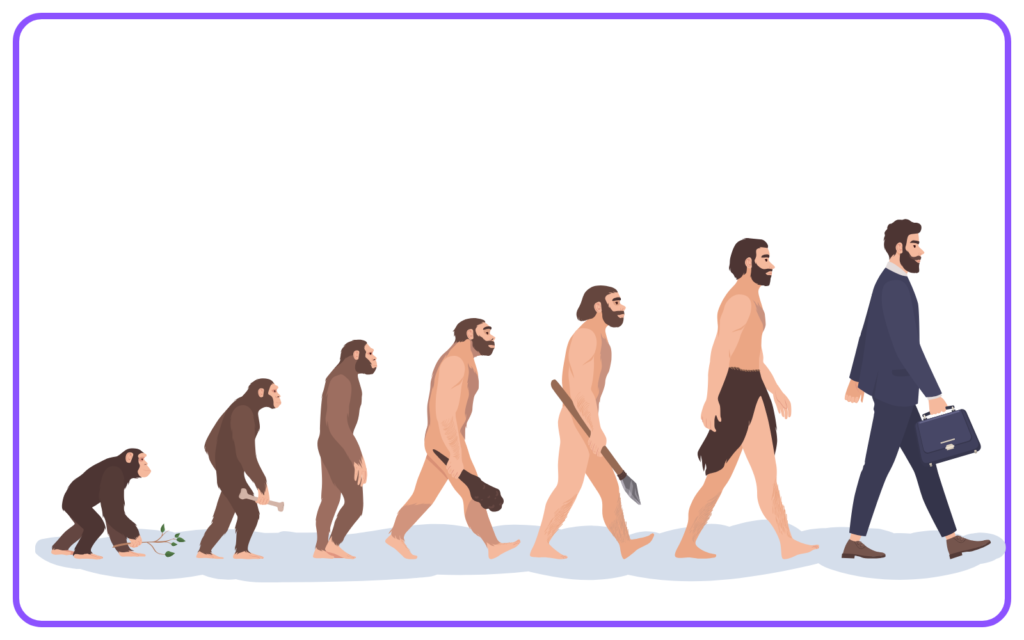
Charles Darwin and the Theory of Natural Selection:
- Darwin proposed the theory of evolution by natural selection in his book On the Origin of Species (1859).
- Natural Selection: Organisms with traits that help them adapt to their environment are more likely to survive and reproduce. These traits are then passed on to future generations.

- Key concepts:
- Survival of the Fittest: Only the organisms best suited to their environment survive.
- Adaptation: Traits that improve an organism’s ability to survive and reproduce.
Evidence Supporting Evolution:
- Fossil Record: Fossils show the progression of life forms from simple to more complex organisms over millions of years.
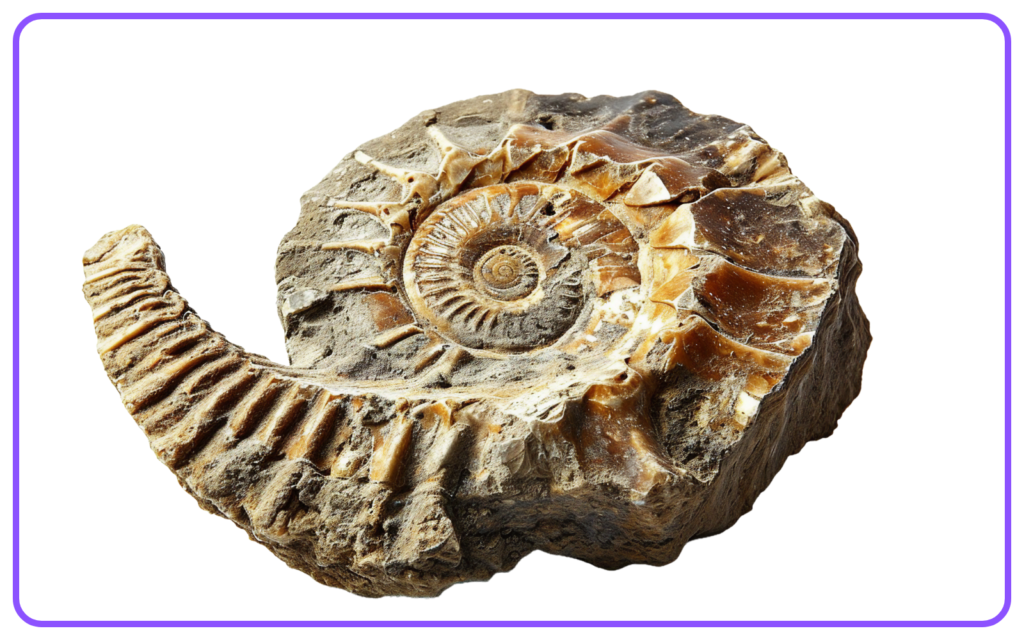
- Comparative Anatomy: Studying similarities and differences in the anatomy of different species reveals common ancestry (e.g., homologous structures like human hands and bat wings).
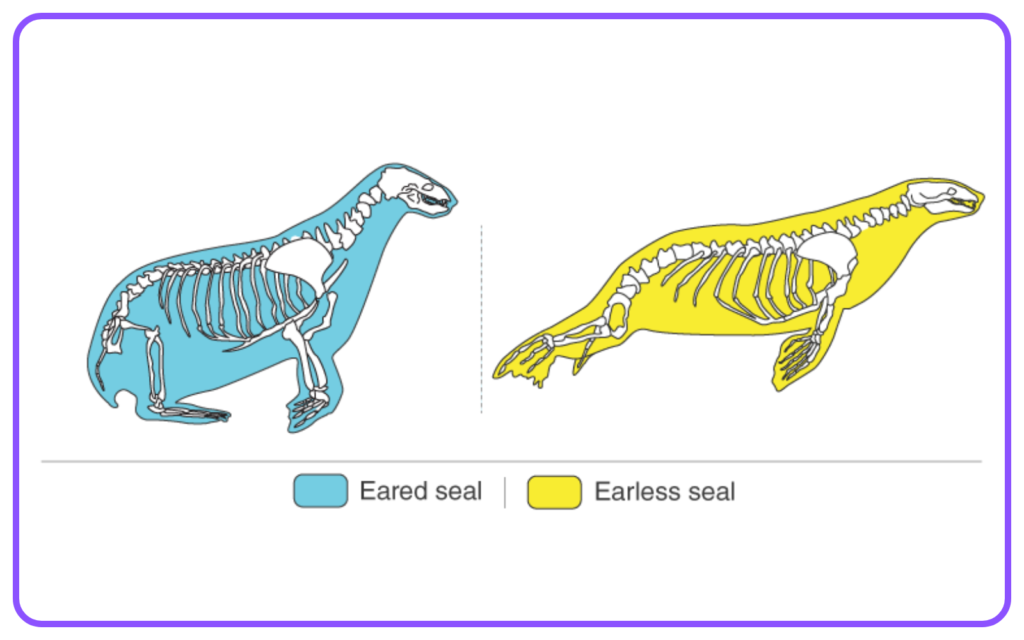
- Embryology: Similarities in the early stages of development in different species suggest a common ancestor.
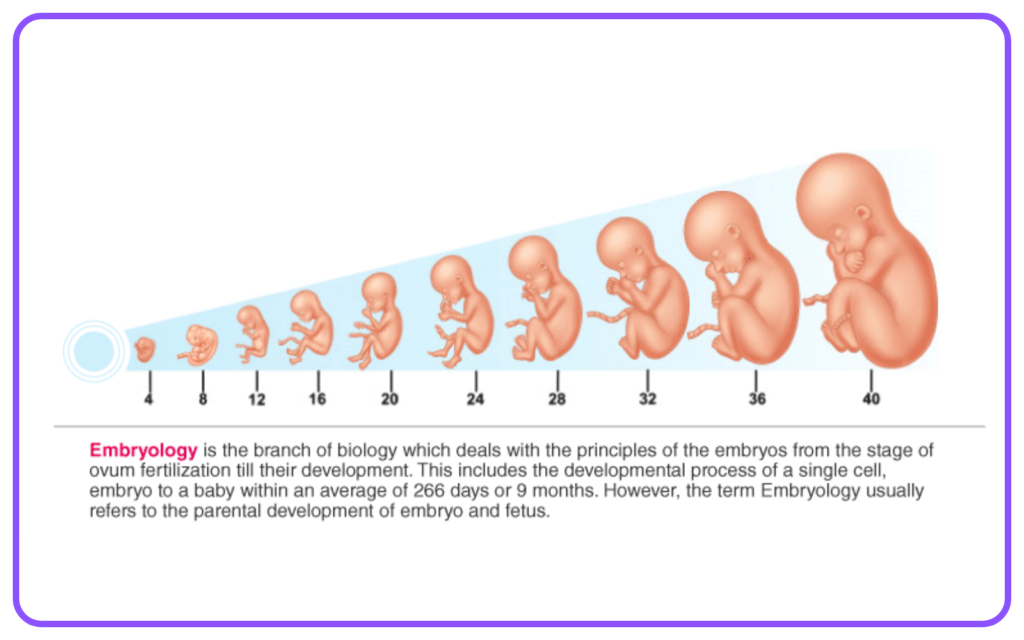
- Molecular Biology: DNA and protein comparisons show evolutionary relationships among species.
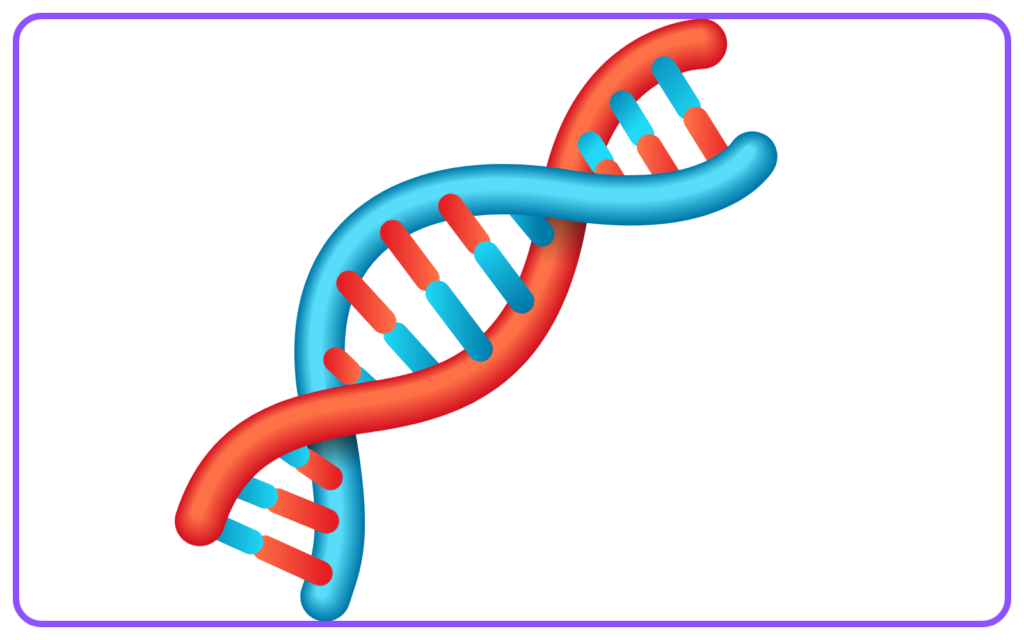
- Biogeography: The distribution of species around the world provides clues to their evolutionary history.
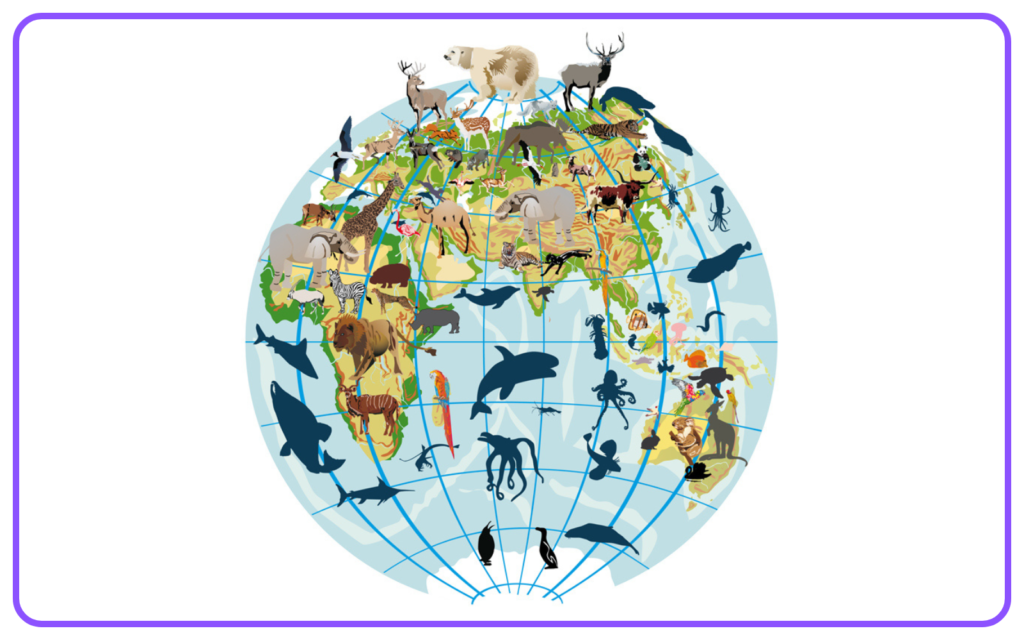
Types of Evolution:
- Microevolution: Small changes within a species over a short period (e.g., antibiotic resistance in bacteria).
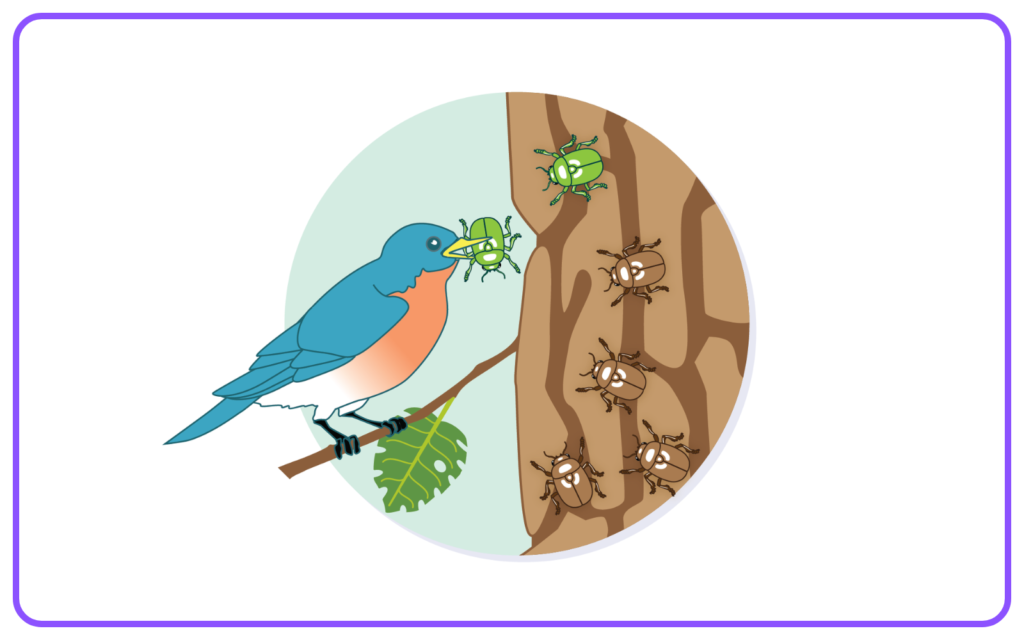
- Macroevolution: Large-scale changes that lead to the formation of new species over long periods.
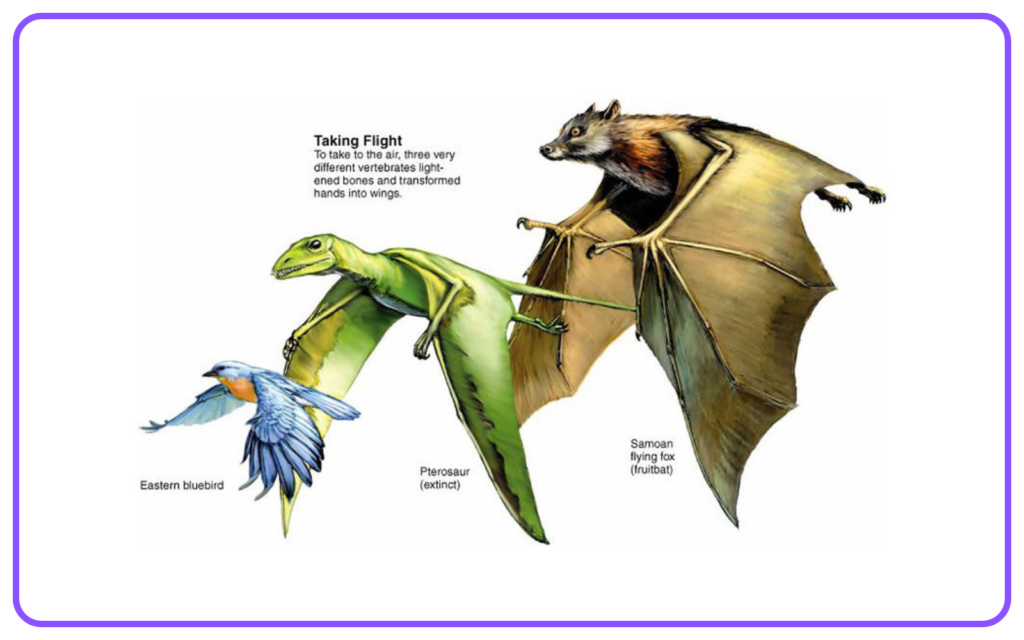
Mechanisms of Evolution:
- Mutation: Random changes in DNA that can introduce new traits.
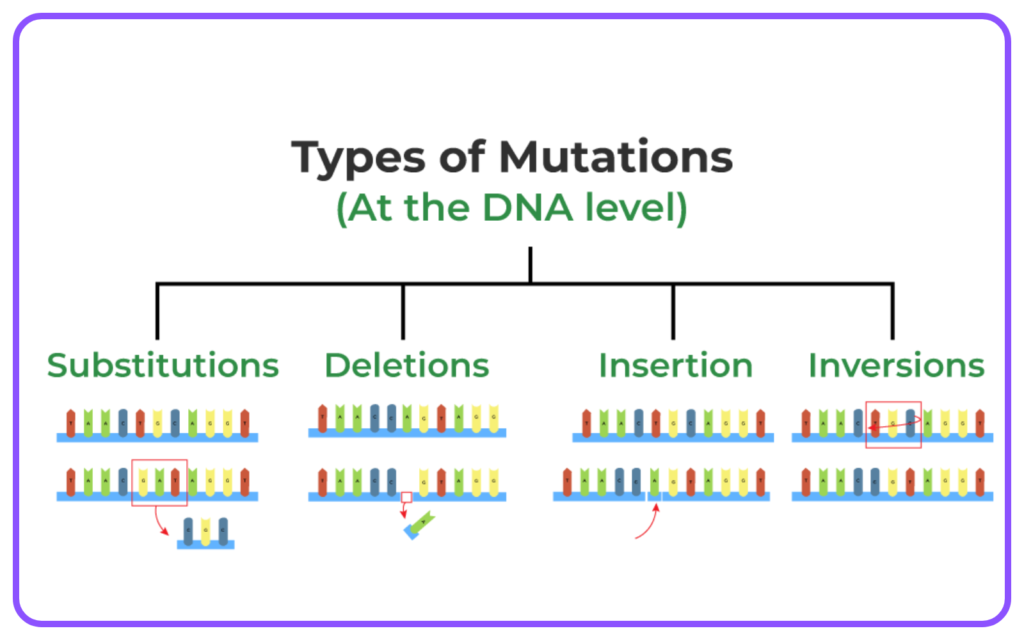
- Gene Flow: The transfer of genes between populations (e.g., through migration).

- Genetic Drift: Random changes in gene frequency in small populations due to chance events.
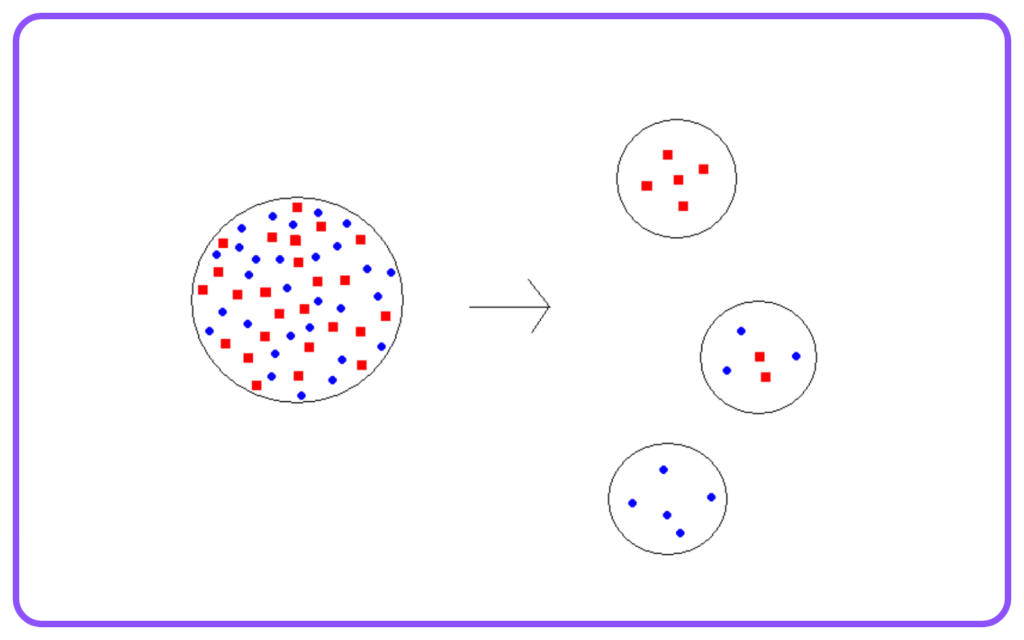
- Recombination: The shuffling of genes during sexual reproduction, leading to genetic diversity.
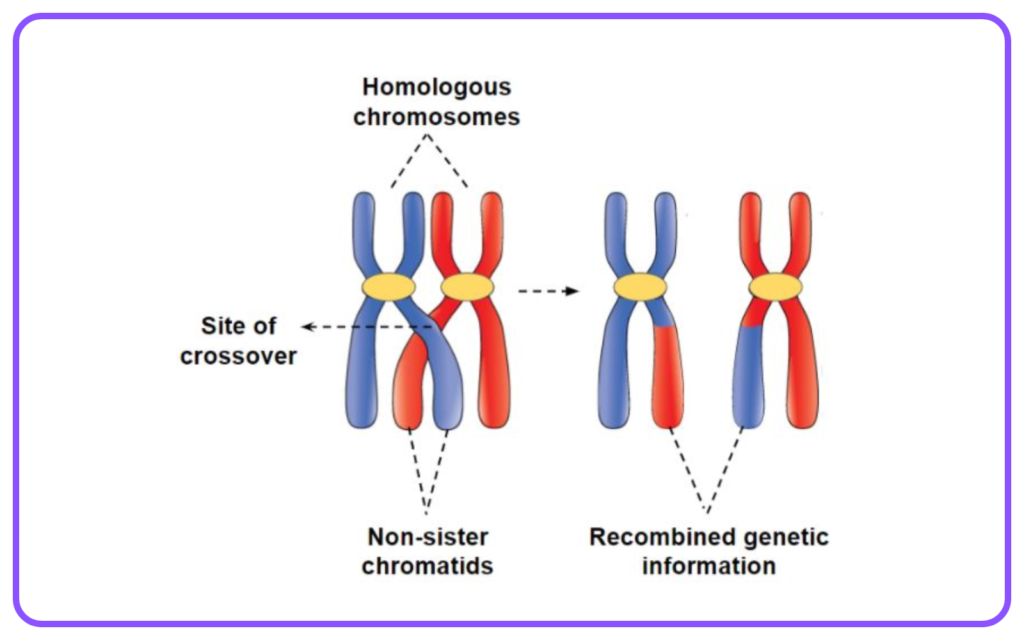
Speciation:
- The formation of new species occurs when populations become isolated and undergo genetic changes over time. This can happen through geographical isolation (e.g., separated by mountains, rivers) or reproductive isolation (e.g., differences in mating behavior).
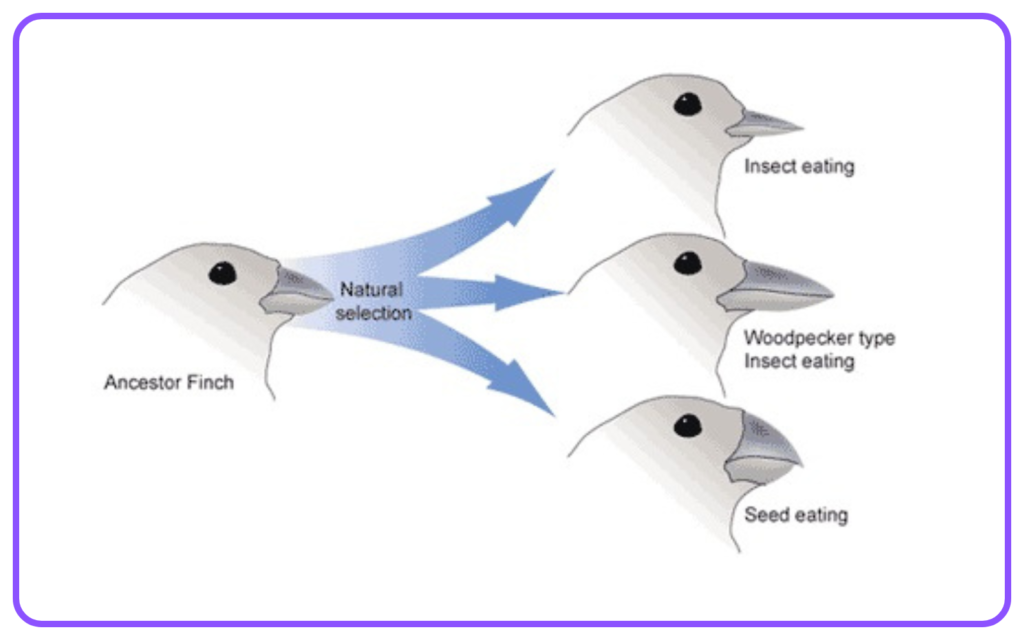
Human Evolution:
- Humans evolved from ape-like ancestors over millions of years.
- Homo sapiens (modern humans) appeared around 200,000 years ago in Africa.
- Key stages include Australopithecus, Homo habilis, Homo erectus, and Homo neanderthalensis.
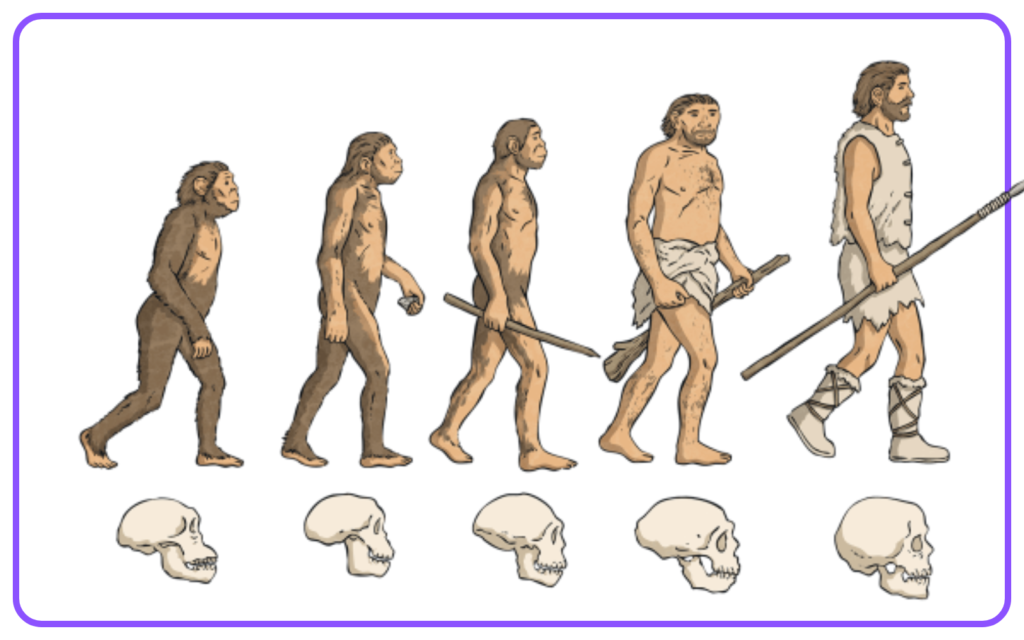
Lamarck’s Theory of Inheritance of Acquired Traits (Disproven):
- Jean-Baptiste Lamarck believed that organisms could pass on traits acquired during their lifetime to their offspring (e.g., giraffes developed long necks by stretching to reach leaves). This theory has been disproven, as acquired traits do not affect DNA.
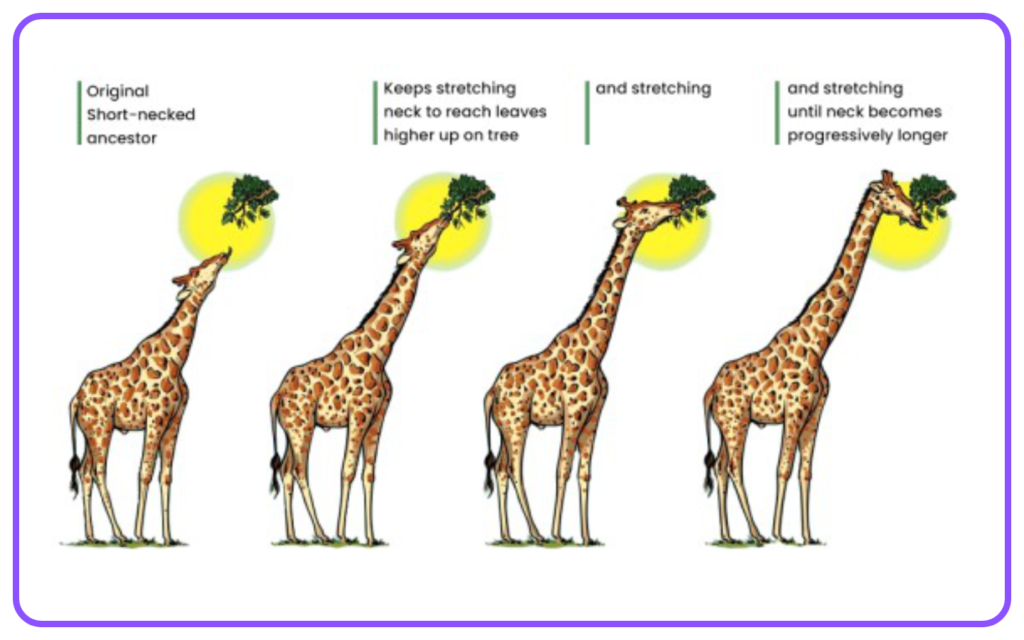
Importance of Evolution:
- Helps explain the diversity of life on Earth.
- Provides a scientific understanding of how organisms adapt and survive.
- Essential for studying genetics, medicine, and ecology.
Contemporary Examples of Evolution:
- Bacteria evolving resistance to antibiotics.
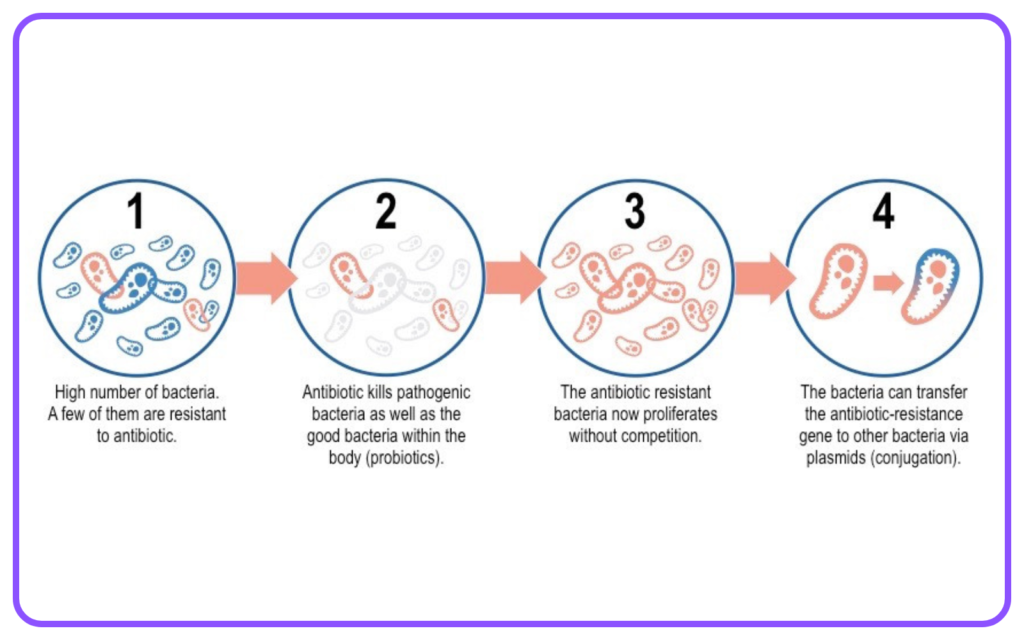
- Insects developing resistance to pesticides.
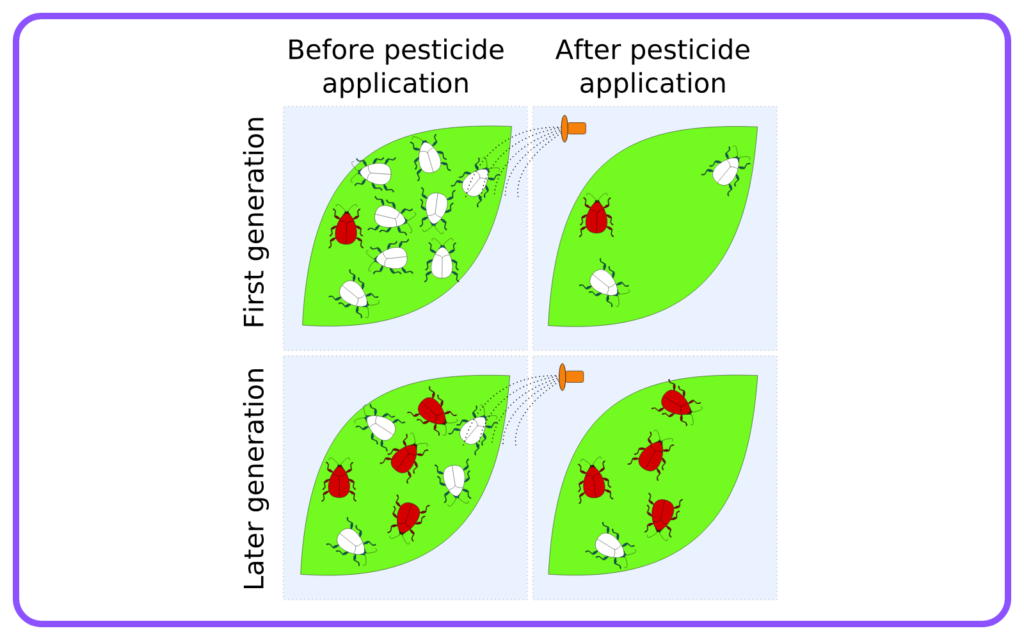
- The evolution of the peppered moth during the Industrial Revolution as an example of natural selection in action.
Let’s practice!

